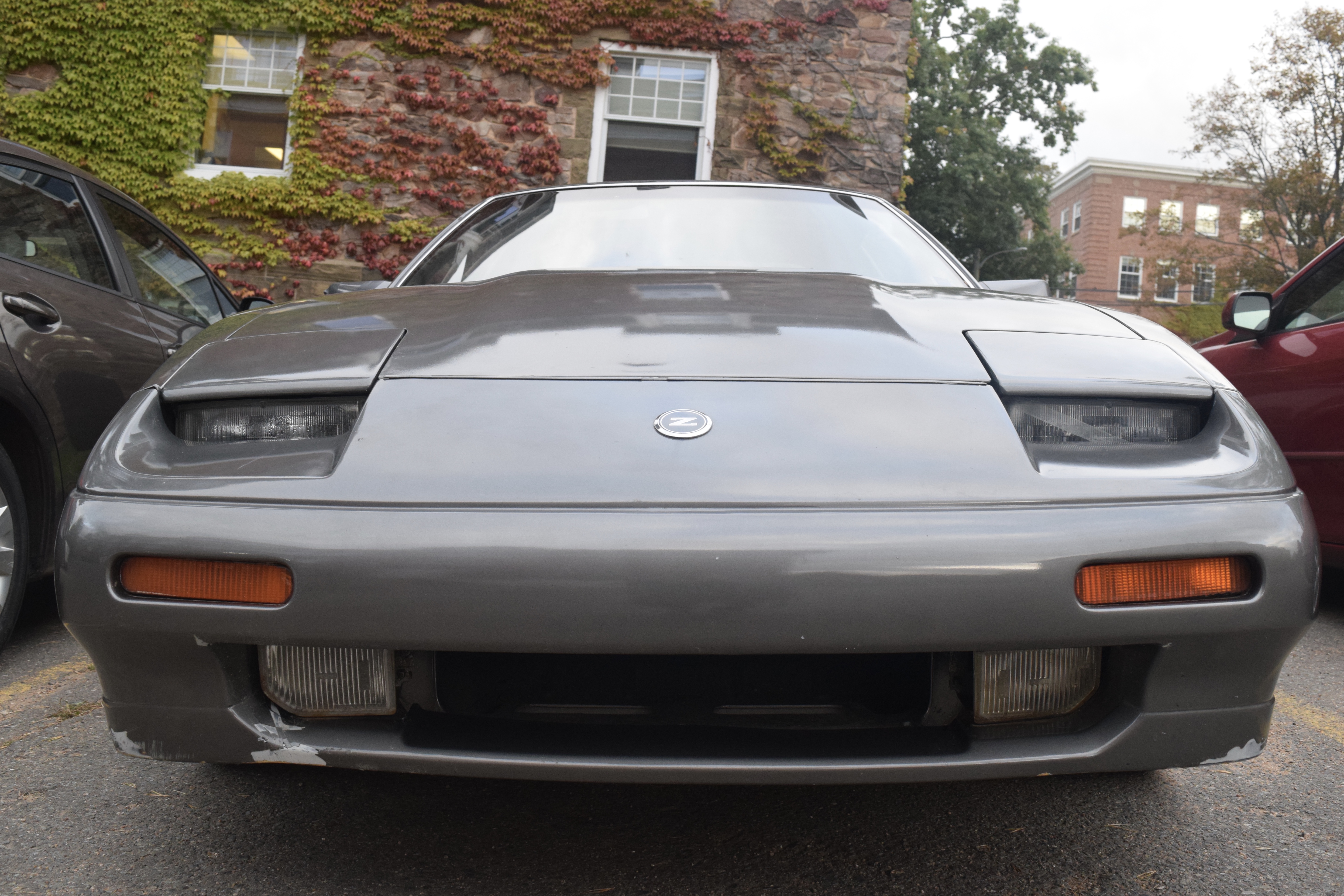On January 31, 2018, Halifax removed the statue of its controversial founder and Nova Scotia Governor Edward Cornwallis. The Halifax Regional Council had voted the day before to immediately remove the statue and place it in storage until the Council can decide what to do with it. Other locations in Halifax have also recently changed names: Cornwallis Junior High became Halifax Central Junior High, and the Cornwallis Street Baptist Church voted to change their name and hopes the street name will also be changed.
While Halifax is the most publicized example where people are sorting through the legacy of Cornwallis, it is not the only place with things named after Cornwallis. The name Cornwallis is all over the Annapolis Valley: the Cornwallis River, a community called Cornwallis Park near Annapolis Royal, Cornwallis Inn and Cornwallis Street in Kentville, Cornwallis Avenue in New Minas, First Cornwallis Baptist Church in Upper Canard, and several businesses with the name Cornwallis.
So why is that a problem? Edward Cornwallis was the Governor of Nova Scotia between 1749-52 and founded the city of Halifax in 1749. Cornwallis is most infamously known for a proclamation he issued in October 1749, known as the Scalping Proclamation (you can see a copy of the original proclamation here). The proclamation states that the government leaders “authorize and command all Officers Civil and Military, and all His Majesty’s Subjects or others to annoy, distress, take or destroy the Savage commonly called Micmac, wherever they are found, and [… we] promise a reward of ten Guineas [a currency about equivalent to one pound] for every Indian Micmac taken or killed, to be paid upon producing such Savage taken or his scalp.” Essentially, the proclamation says that anyone who brings the scalp of a Mi’kmaw man, woman or child to the colonial authorities will receive cash. In June of 1750, they increased the bounty to 50 pounds per scalp. Many people, including Mi’kmaw Elder Daniel Paul in his 1993 book We Were Not the Savages, called this action “genocide” against the Mi’kmaq, especially since Cornwallis also declared his intentions to permanently exterminate the Mi’kmaq people in mainland Nova Scotia so that the British could take all the land. Because of this history, Daniel Paul has campaigned for 30 years to remove the statue and the name of Cornwallis on streets, schools and more.
In addition to killing Mi’kmaq people, Cornwallis helped lead brutal mass killings of Scottish men, women and children as part of the suppression of the Jacobite rebellion in the Scottish Highlands. Whether or not you agree that Cornwallis’ actions were genocide, it is definitely concerning that we honour him by naming streets and communities and rivers after him. As one Kings County Councillor suggested back in 2010, it would be unimaginable for Germany to have a Hitler Street or Hitler River, so why is Cornwallis Street and Cornwallis River okay here in the Annapolis Valley?
The Annapolis Valley First Nation, whose members have to drive over the Cornwallis River to get into their community, submitted a request to change the name of the River back to the Mi’kmaw name Jijuktu’kwejk, which means narrow river. The Jijuktu’kwejk Project Facebook page continues to provide updates on the efforts to change the name of the river. The Jijuktu’kwejk Watershed Alliance, a group of citizens and communities along the river, started in 2016. They advocate changing the name of the river, but ultimately their goal is to achieve a “swimmable, drinkable and fishable” river. One petition to change the name of the river has 362 signatures, and a petition to give the new bridge in Kentville a Mi’kmaw name instead of calling it “Cornwallis Bridge” has 725 signatures.
Although changing the name of a river can be a long and complex process, changing the name of a street or building is typically quite straightforward as the town or municipality can do it. It would be quite easy to change, for example, the names of Cornwallis Street in Kentville, Cornwallis Avenue in New Minas, and the Cornwallis Inn in Kentville.
Some people argue that changing names erases history. Personally, I think that as Mi’kmaq people and other concerned citizens advocate for name changes, we are finally having an honest conversation about Nova Scotian history. Changing the name of something named after Cornwallis publicly acknowledges our history and recognizes that what Cornwallis did was wrong. Changing names also has the potential to recognize the Mi’kmaq history of the area, and possibly the Acadian history as well, by restoring traditional names like the Jijuktu’kwejk River. In addition to Jijuktu’kwejk River, the River has also been called Horton River, Rivière St. Antoine in the 1600s, and Rivière des Habitants in the 1700s. The Cornwallis Inn in Kentville was once called the Aberdeen Hotel. Changing the name of the river or any other Valley landmark named after Cornwallis will not erase history, instead the name Cornwallis River already erases all the previous history of the River.
It’s high time we have an honest conversation about history in the Annapolis Valley, not just a conversation that acknowledges the actions of British governors like Cornwallis, but also a conversation that includes thousands of years of Mi’kmaq presence on this land, and the history of other groups here like the Acadians and African Nova Scotians. Part of that conversation will likely involve renaming things, but it goes much deeper to trying to figure out how we can all live together in the spirit of the Peace and Friendship Treaties, in a way that celebrates all of our cultures and the land we call home. Mi’kmaw activist Rebecca Moore responded to the removal of the statue by saying “we’re in a time now of truth and reconciliation, and peace and friendship.” Talking about history and renaming can be a time of working together and learning from each other. While we are talking about history, maybe we can find some wonderful Nova Scotian people who deserve to have things named after them.




This is a well researched & written article by Rachel McNally. The points she makes about “erasing history” need to go far & wide. It is hard to understand why people argue that removing Cornwallis’ name will be an erasure of history when the Colonizers have already erased 10,000 years of history imposing their culture & names on this area.
Hopefully the Annapolis Valley First Nation take their request forward and lobby to reinstate the original name, Jijuktu’kwejk, a lovely lyrical name and no harder to pronounce than Kejimkujik or Musquodoboit.
Update on the previous names of the Cornwallis River: The Acadian name for the River was Rivière St. Antoine, as noted. The designation of Rivière des Habitant is in question (since there is a river called Habitant River near Canning). It was an error on another historian’s part to suggest it was called the Horton River at one point. The Gaspereau River was once called Horton River by the British for a period before reclaiming its Acadian name.
There is a wonderful atlas of Mi’kmaq names that you might find of interest at http://sparc.smu.ca/mpnmap/.
When you change the name of anything you immediately cause a kind of confusion that can make people very uncomfortable, frustrated and even angry, especially if people are emotionally attached to a name because they grew up with it. The best way to break the bond is to ìnform them that the name, in this case the name Cornwallis, is not worthy of their sentiment. But they have to know why. Start early. It is the job of our schools to bring these important issues up in the classroom. Provide Nova Scotians with the truth and they will make/support wise decisions. These matters can’t be rushed but must always move forward.